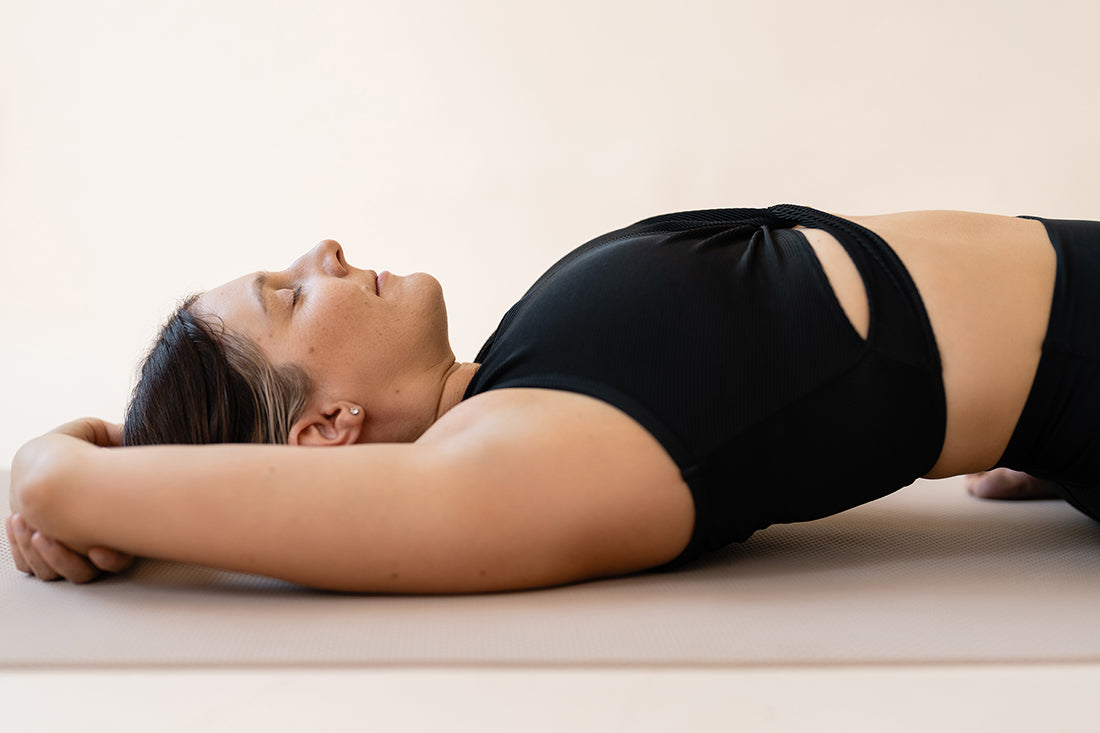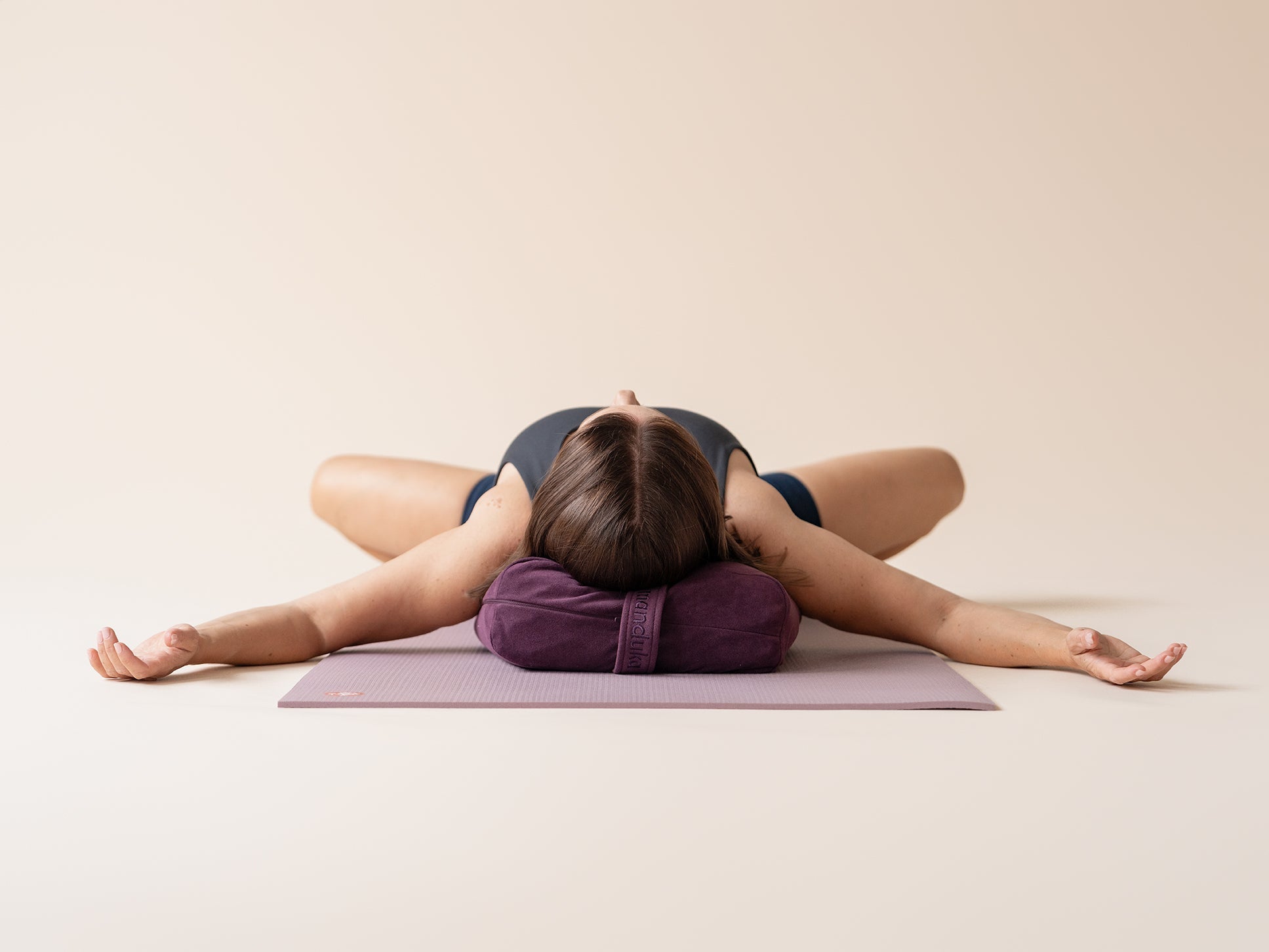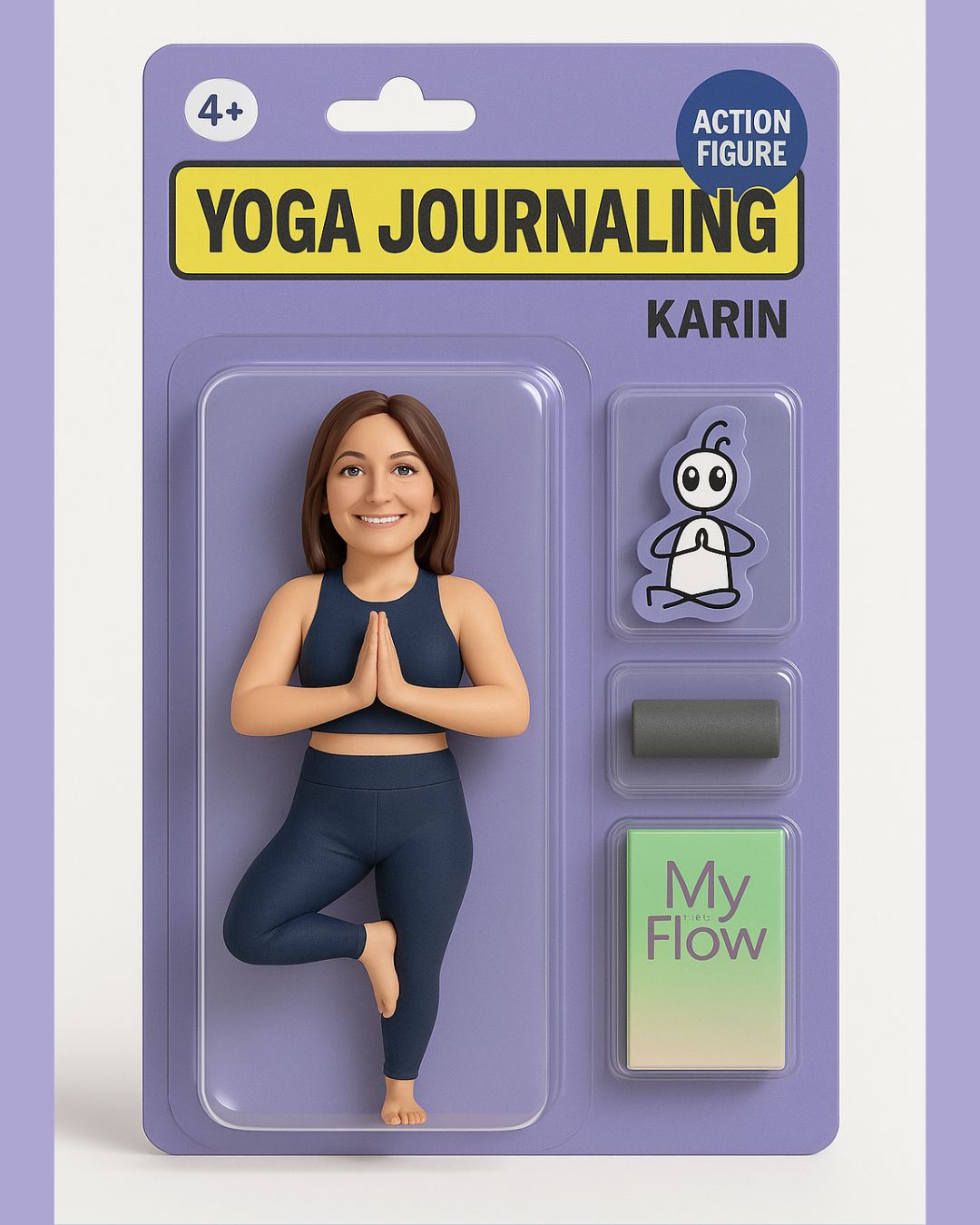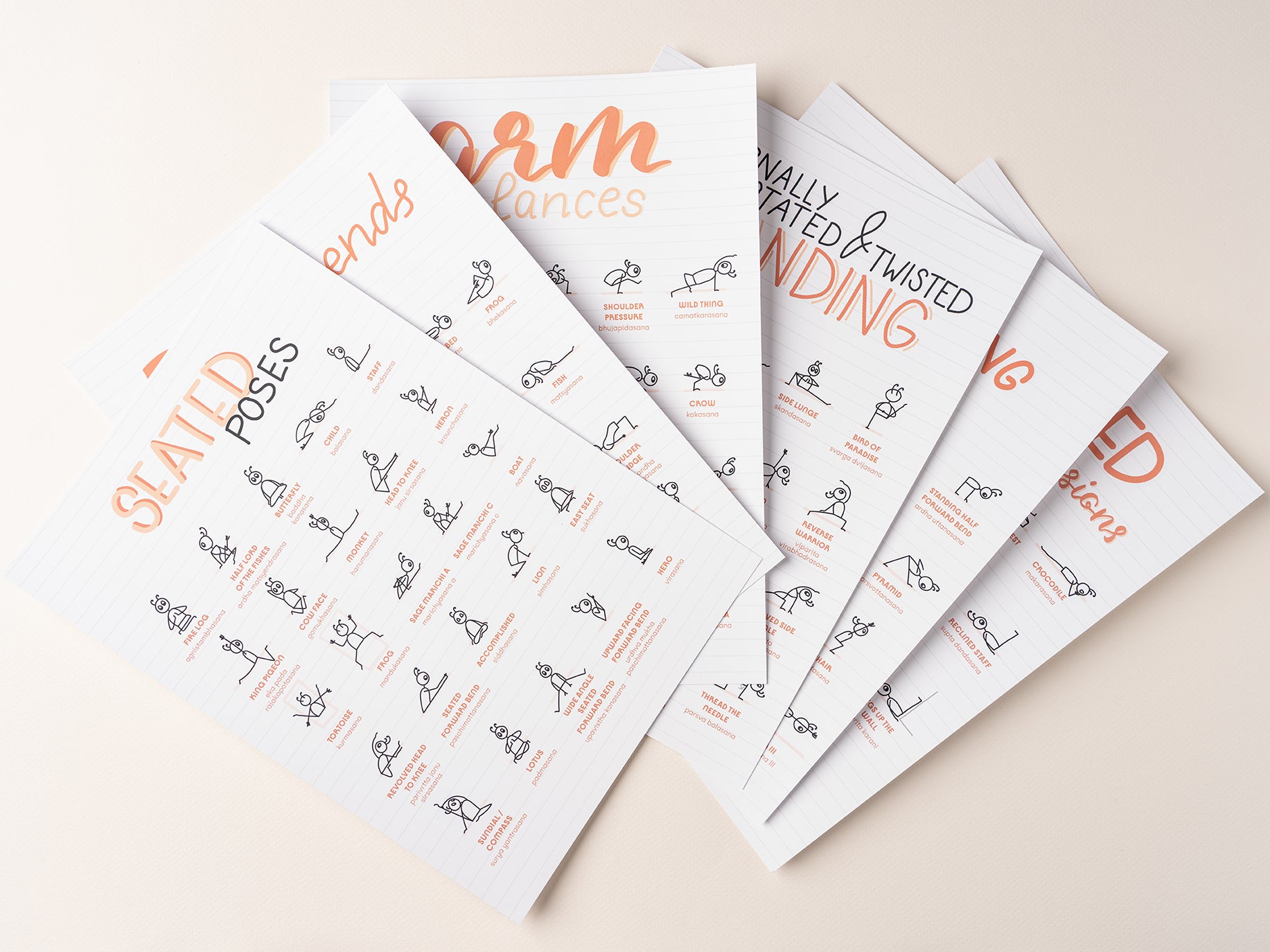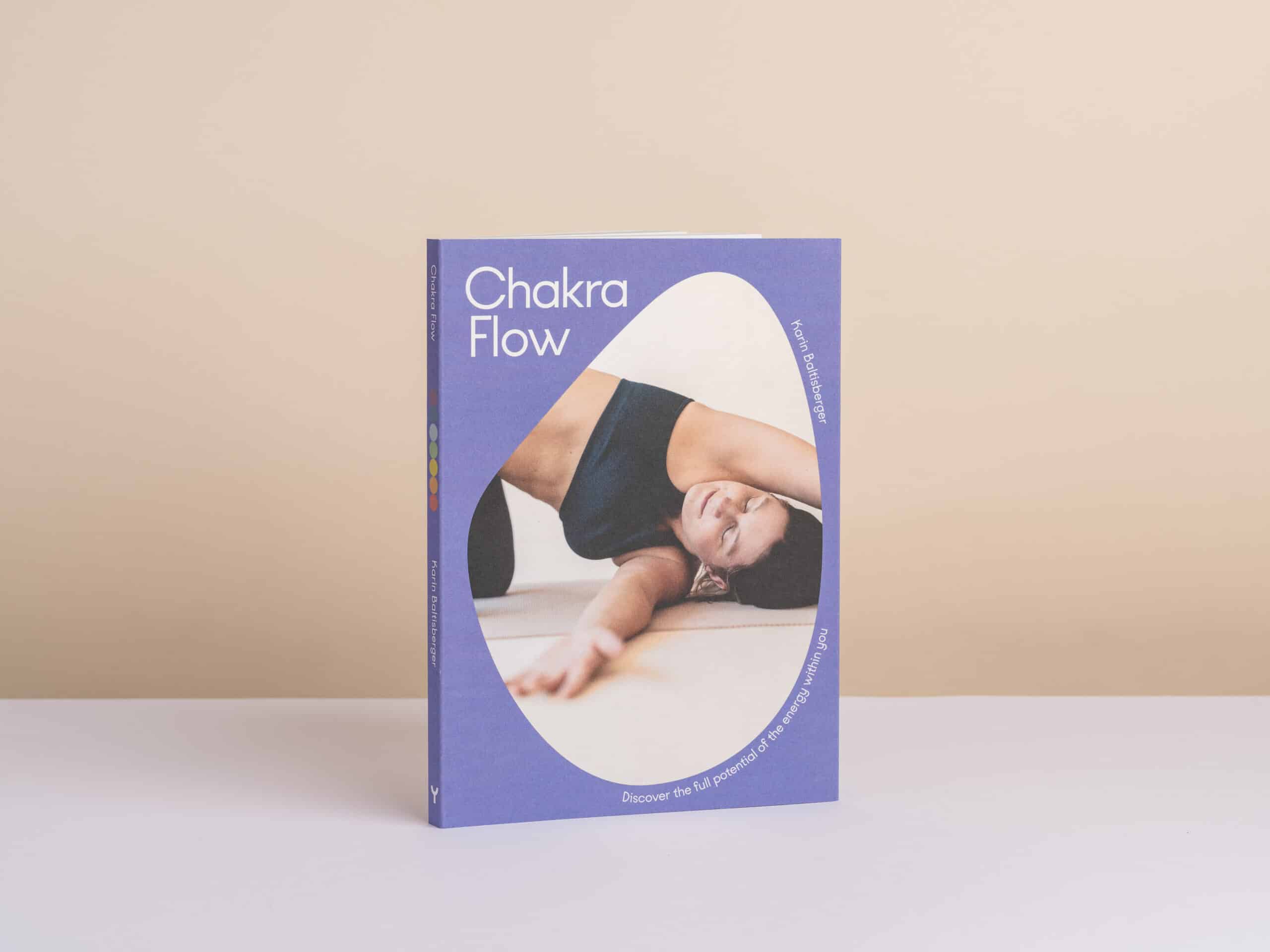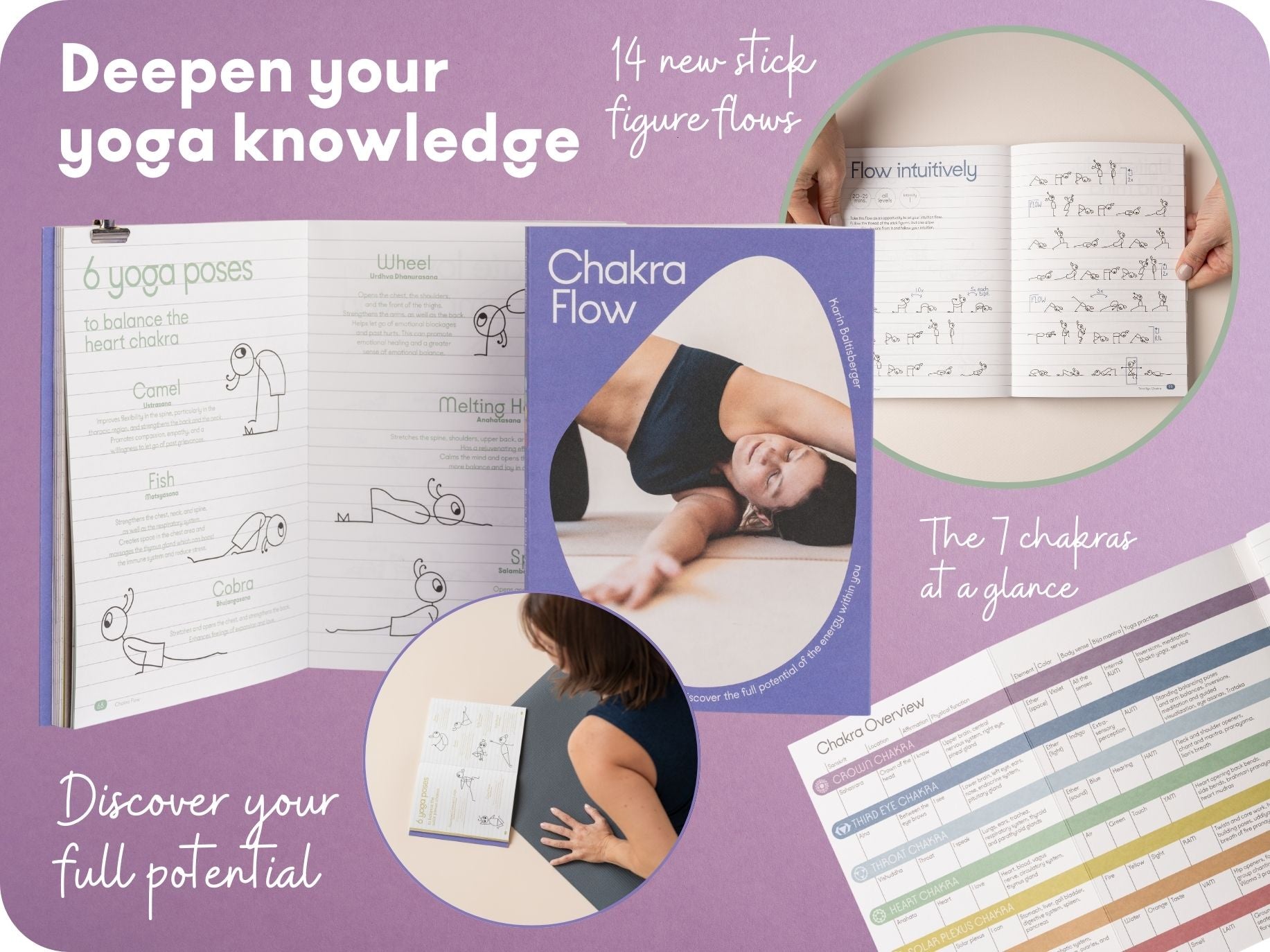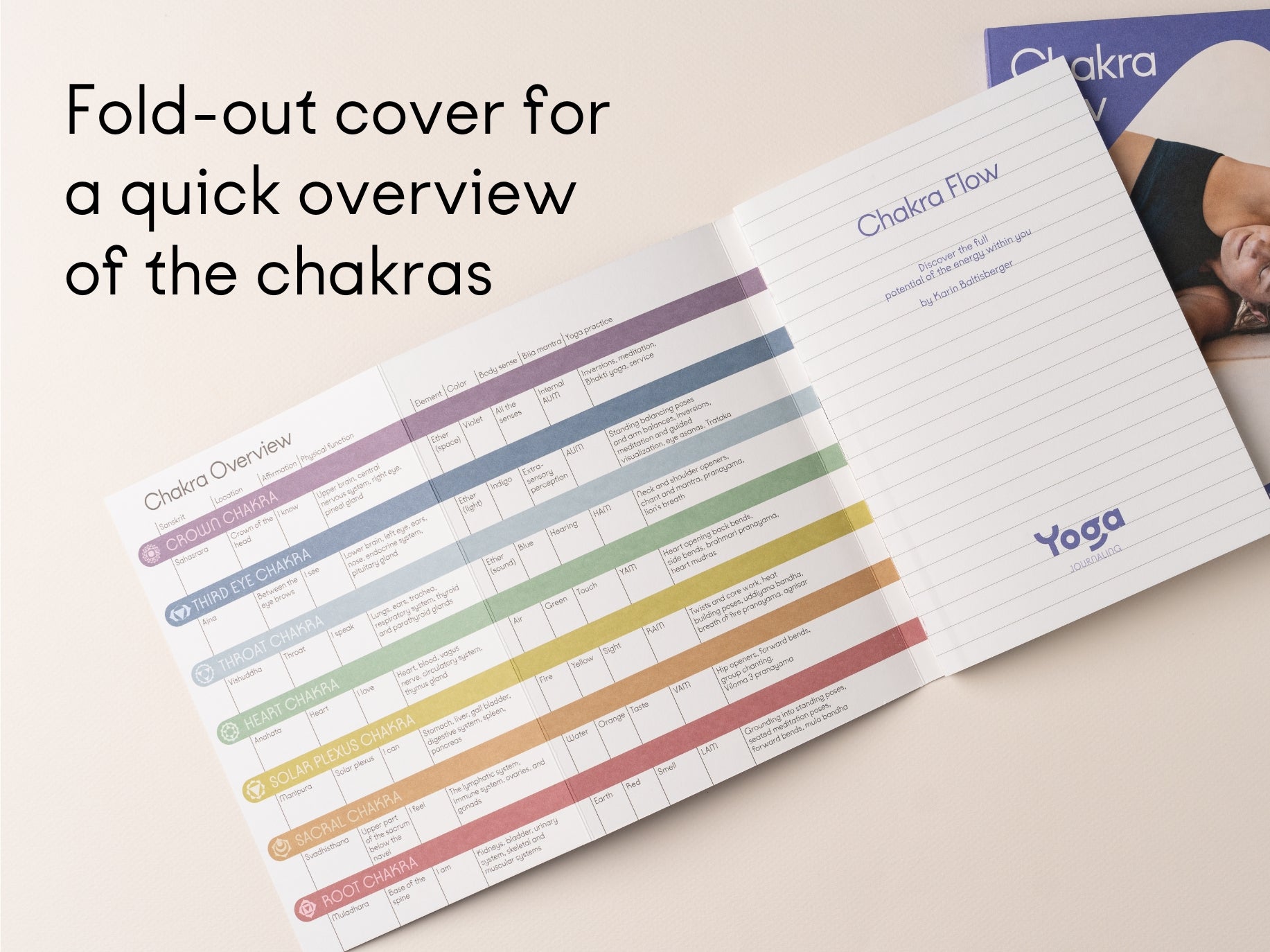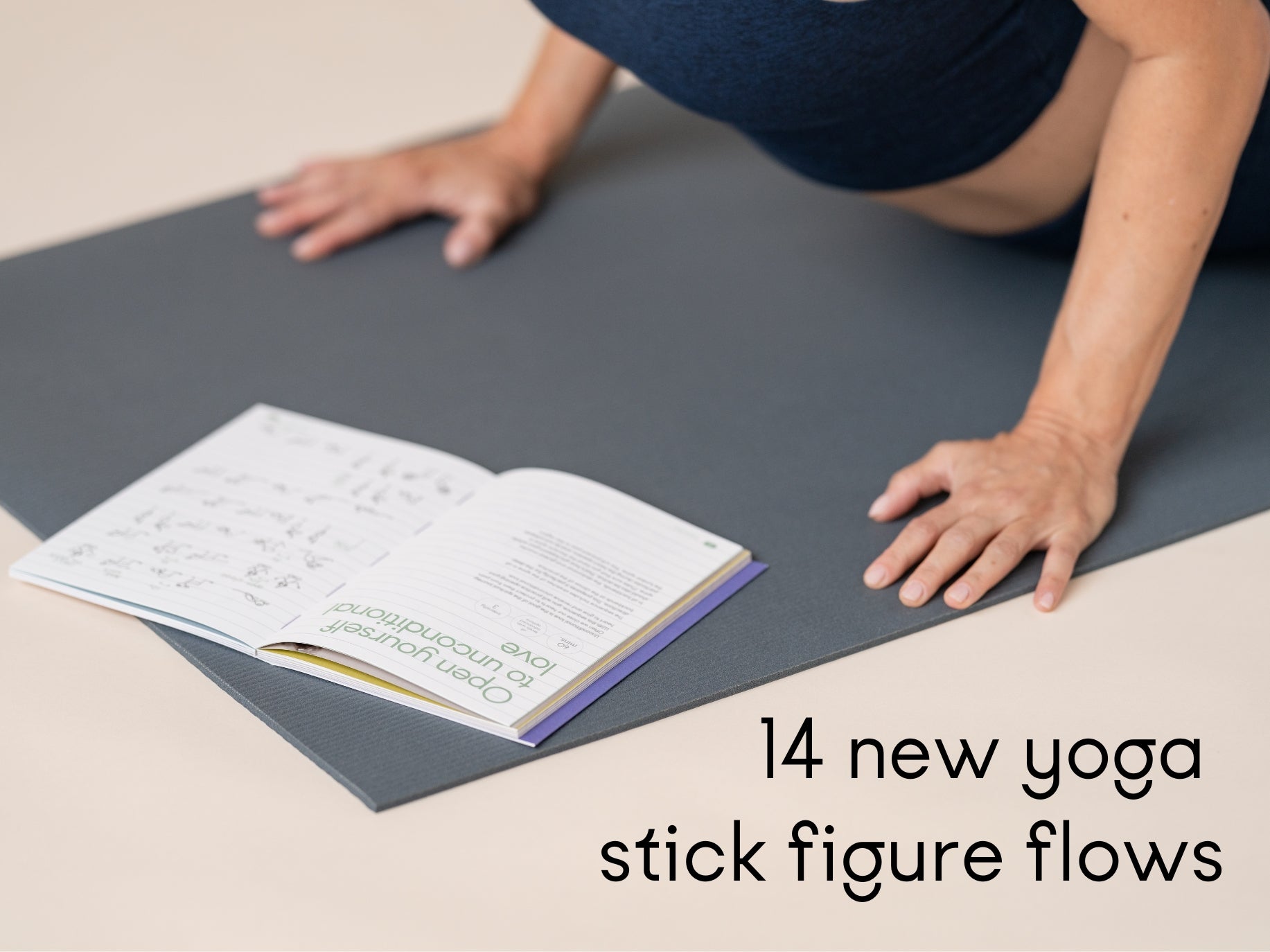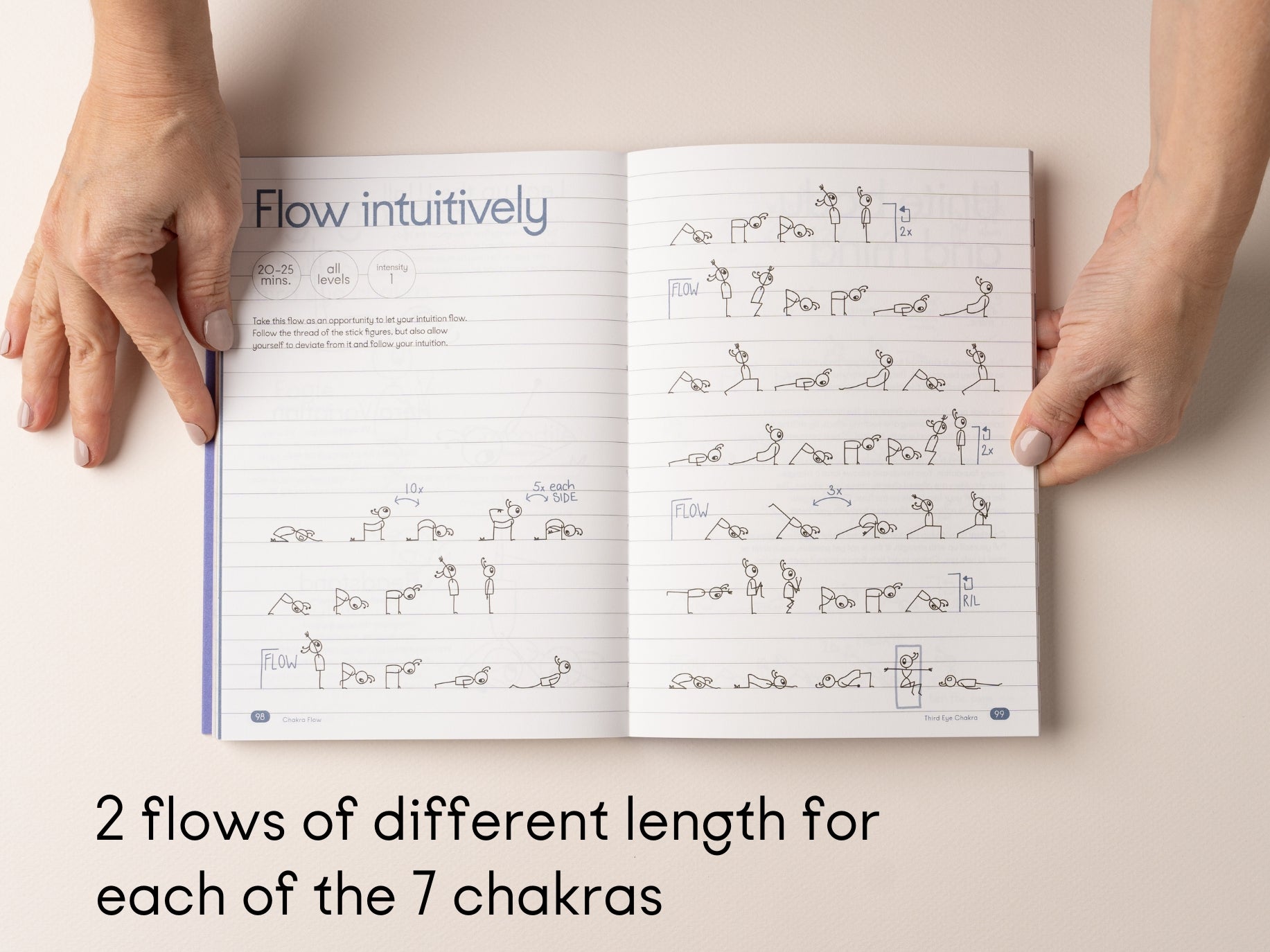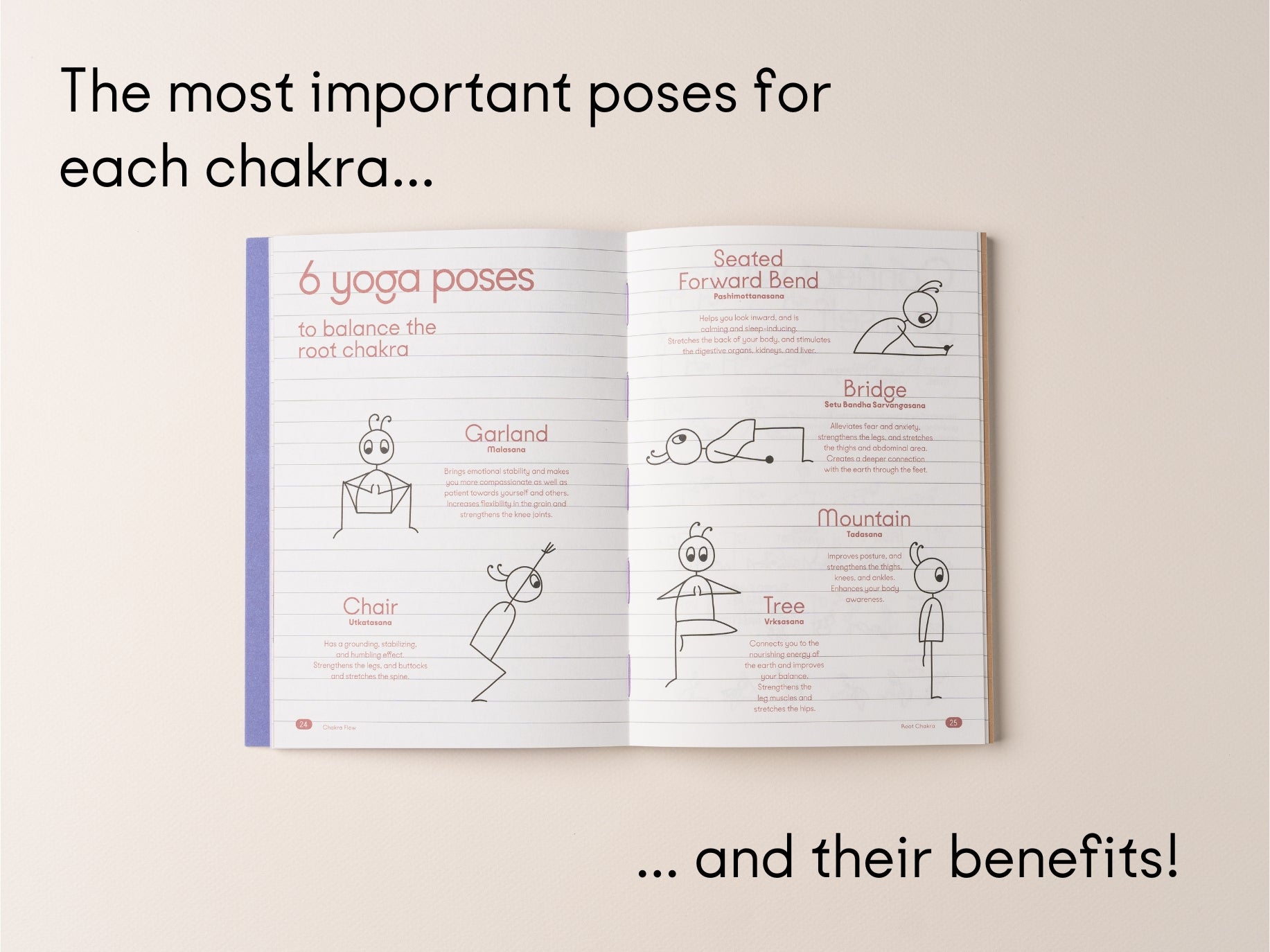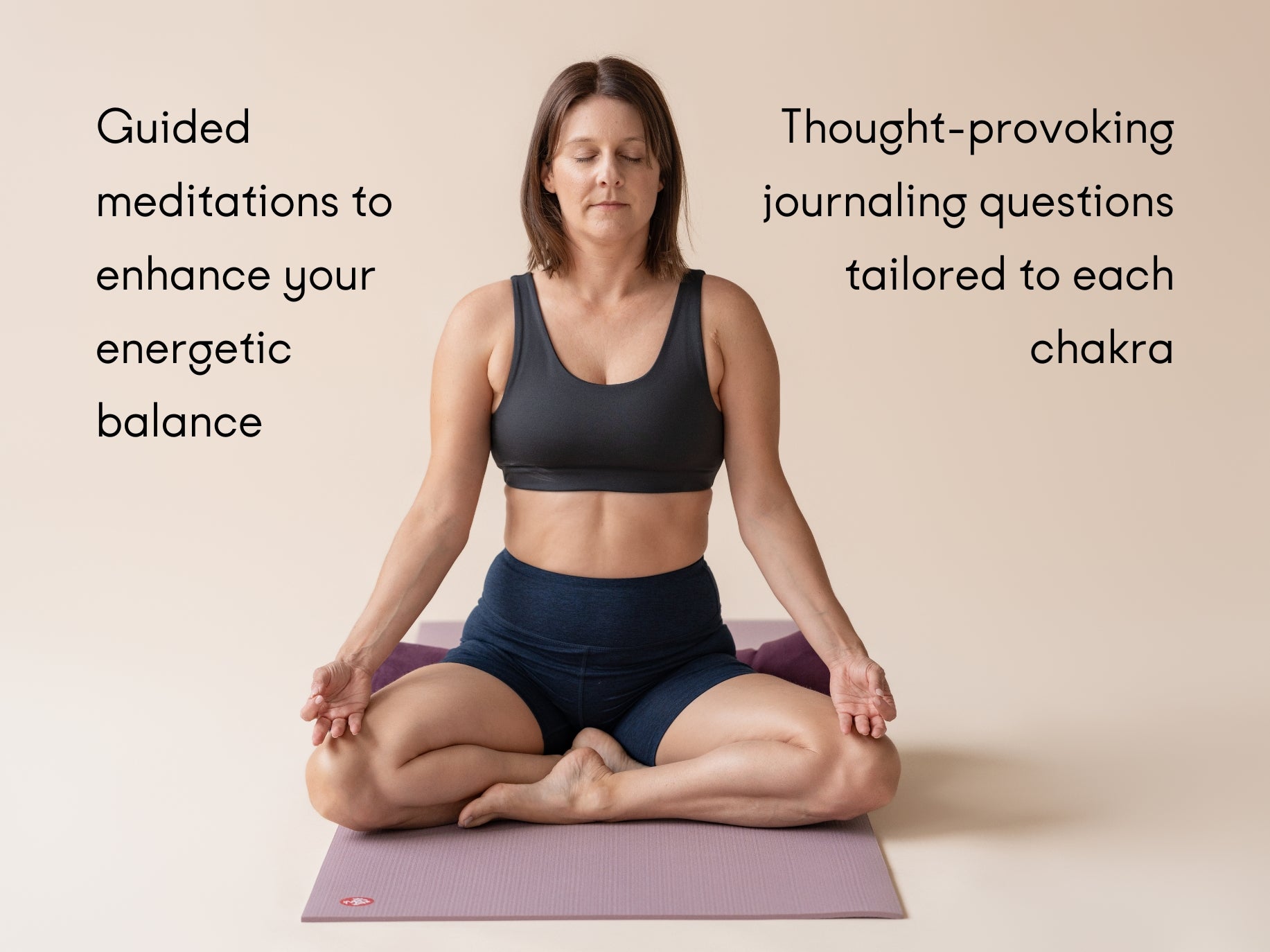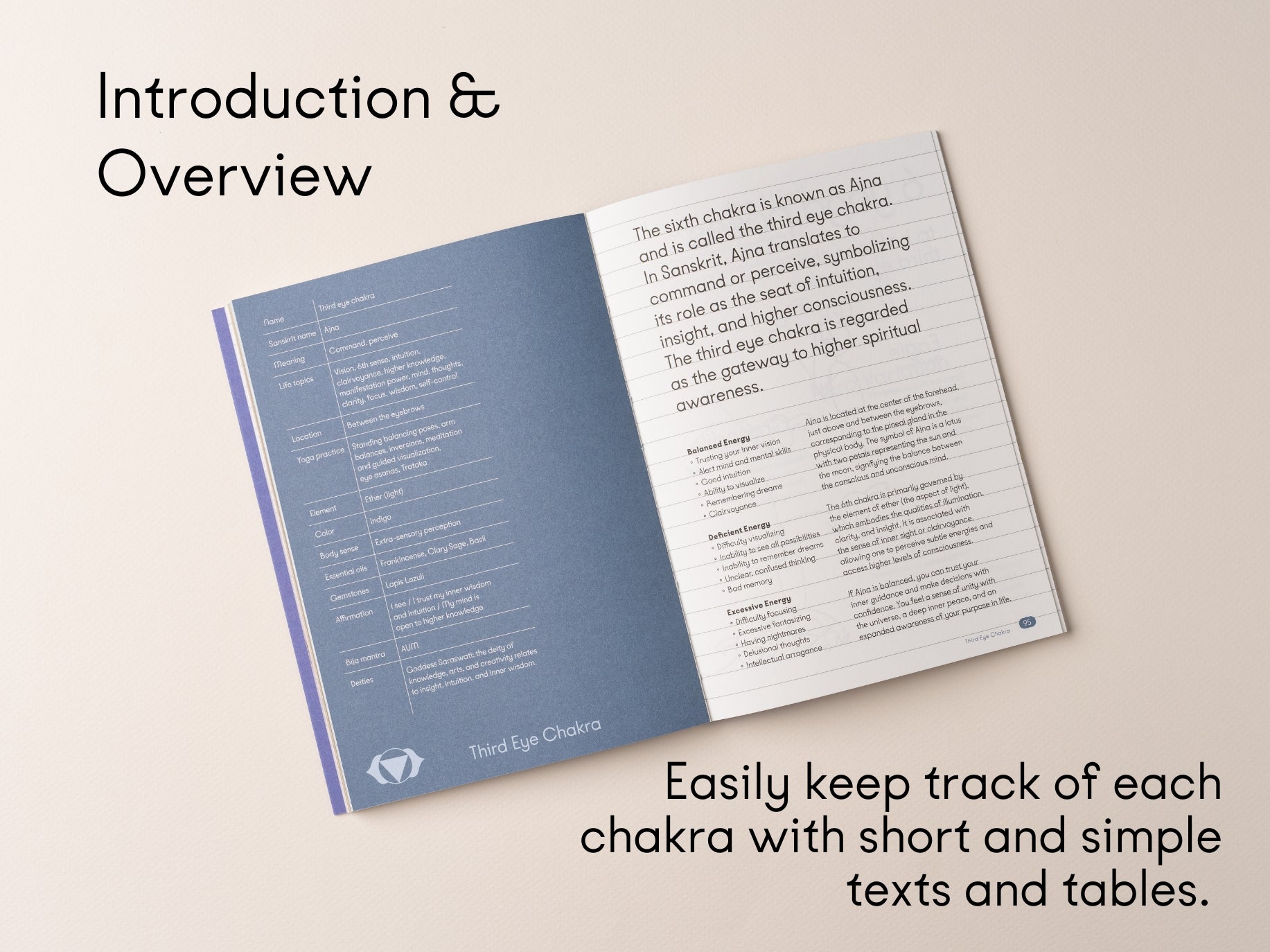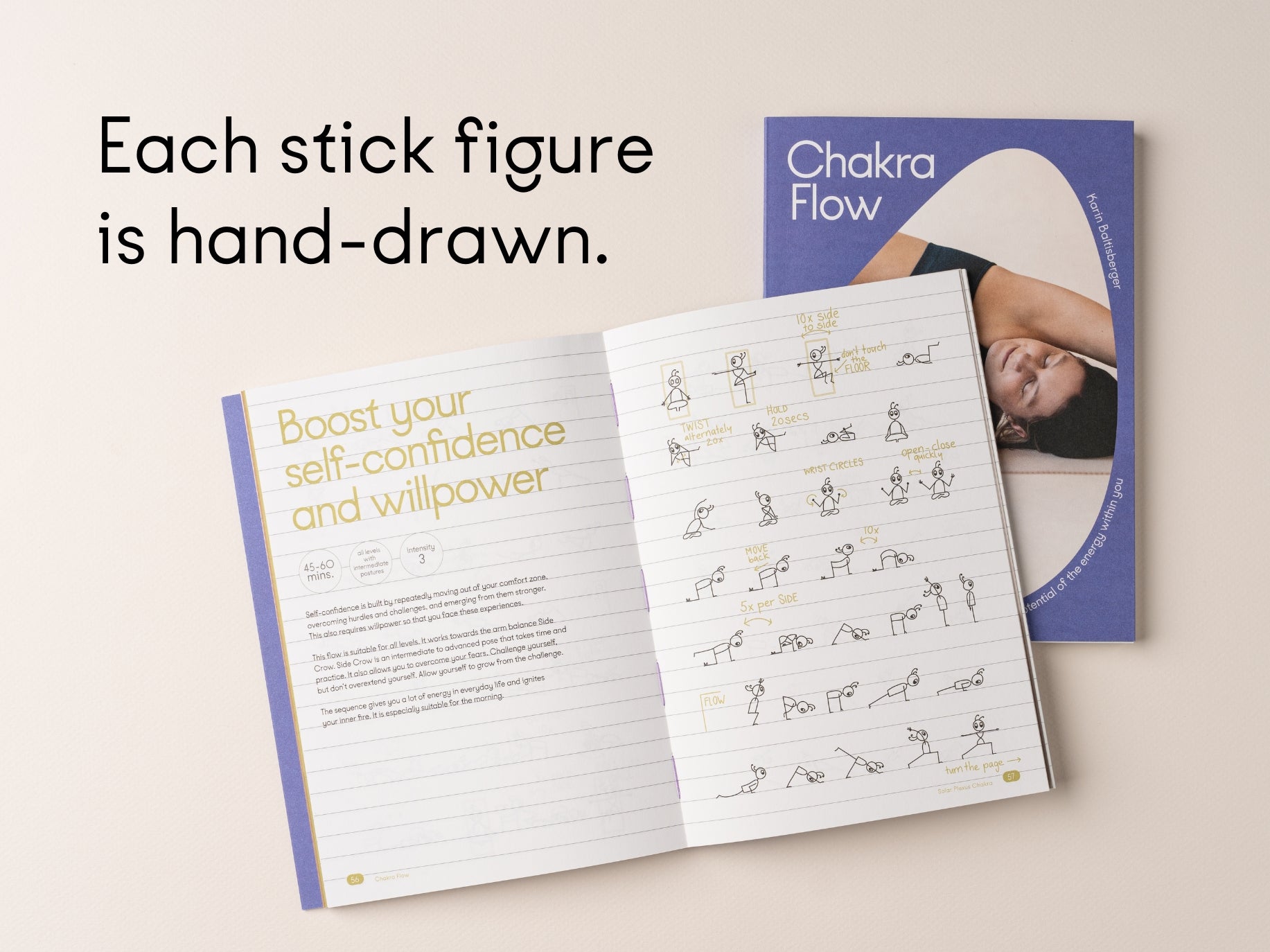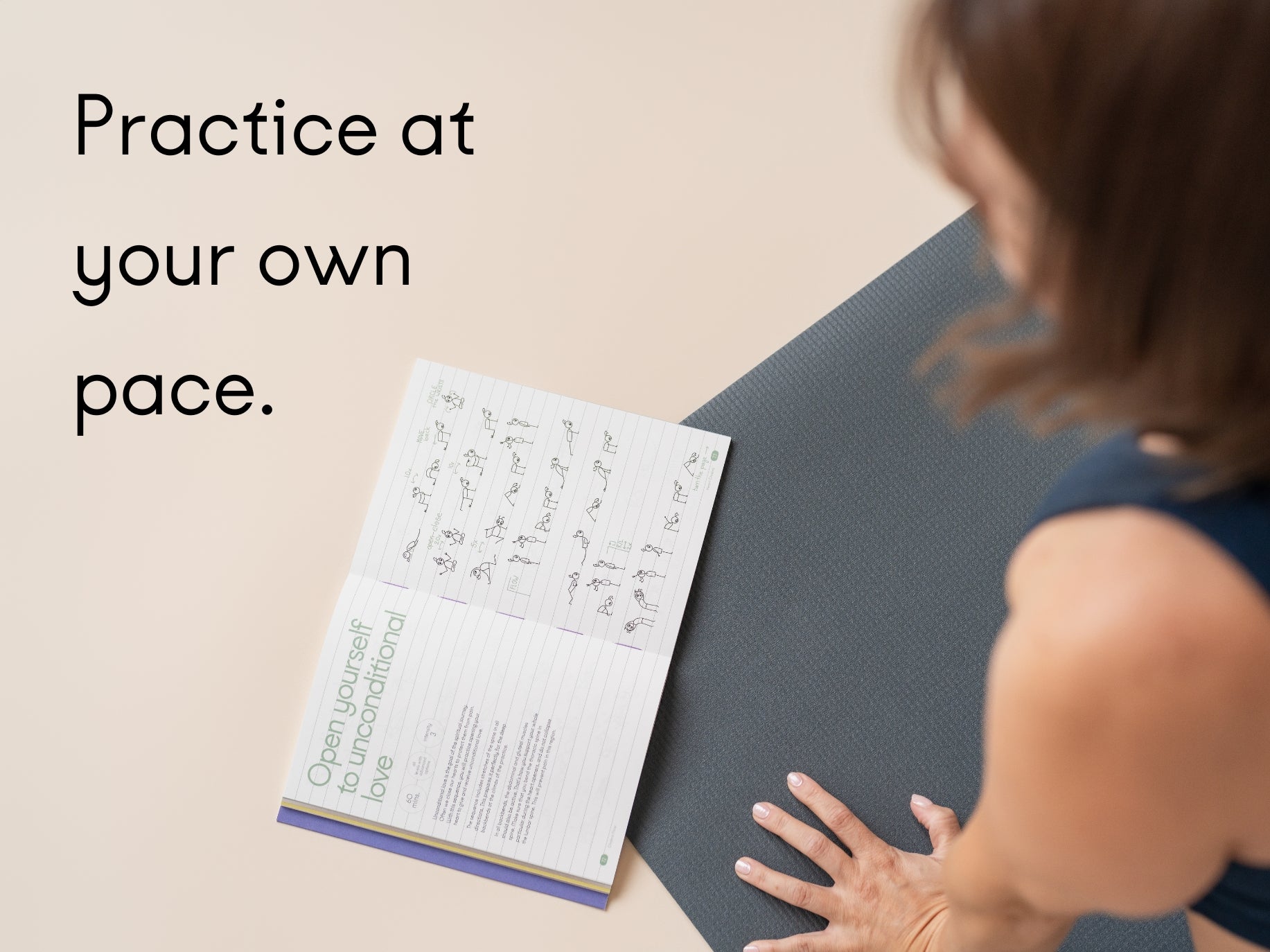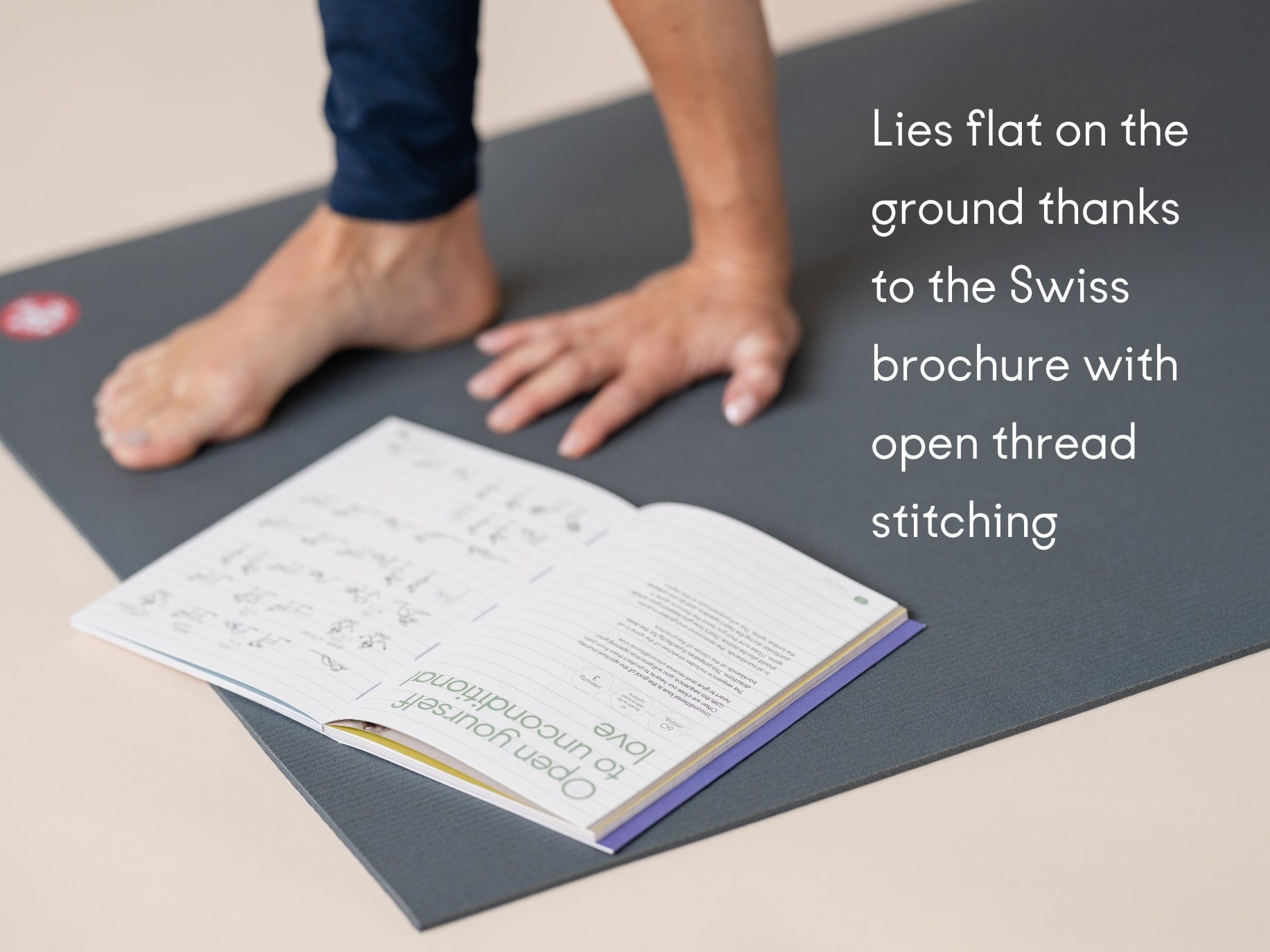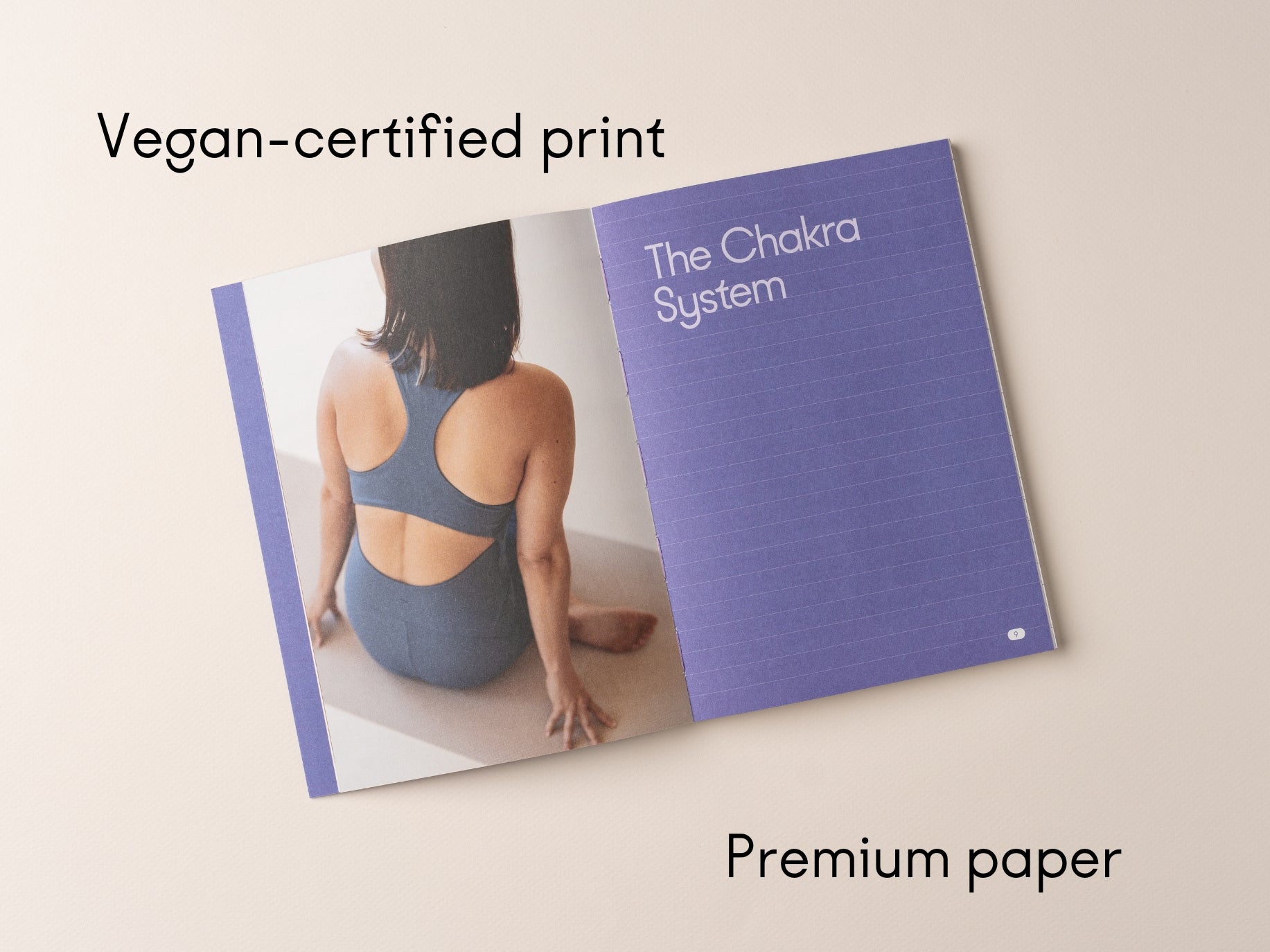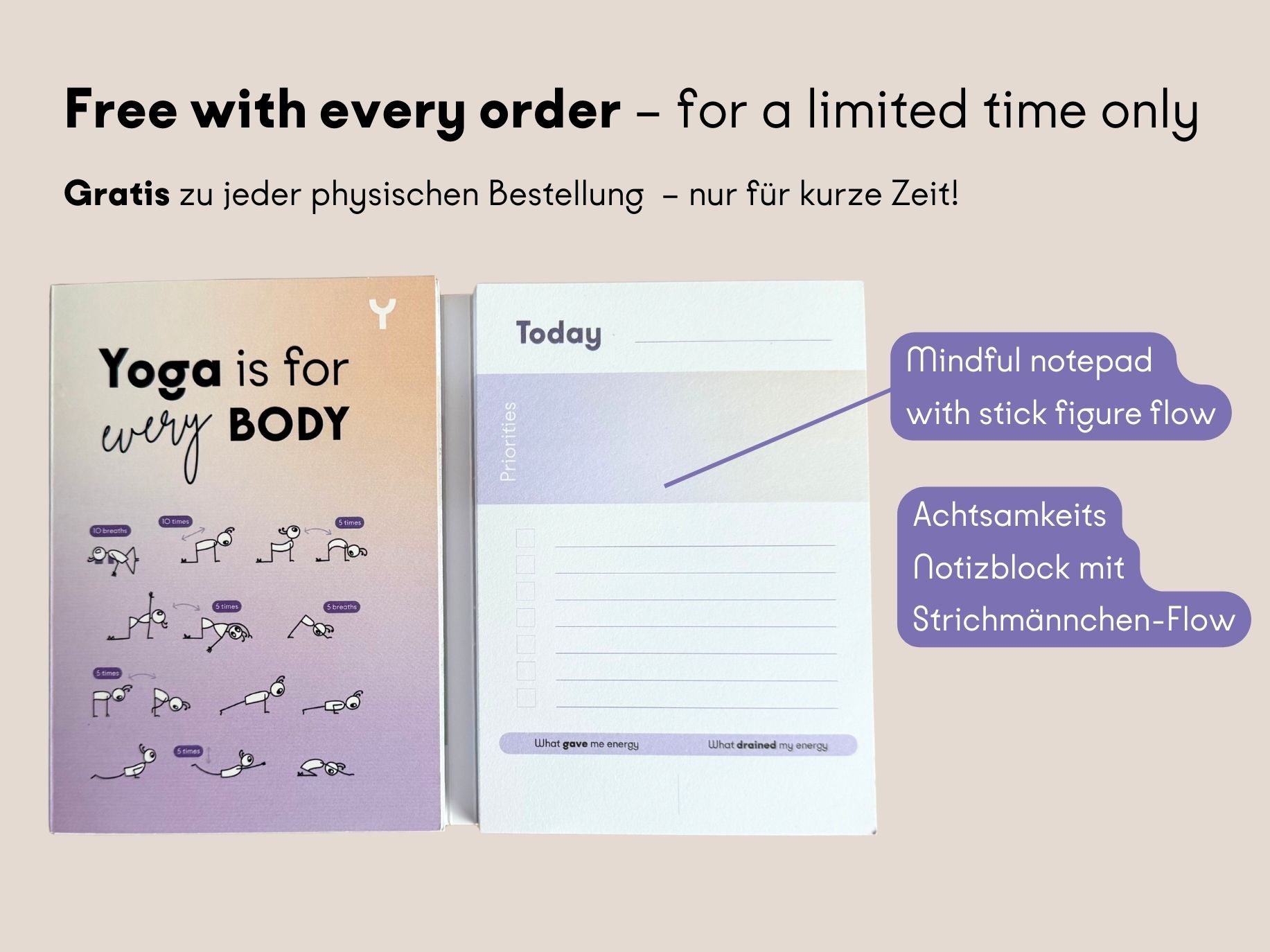Yoga is a transformative practice that combines physical postures, breath control, and meditation to promote overall well-being. One of the most creative aspects of teaching or practicing yoga is designing a yoga flow. A yoga flow, or vinyasa, involves sequencing poses in a specific order to create a cohesive and dynamic practice. Different types of yoga flows cater to various goals, whether it's to build strength, improve flexibility, or cultivate mindfulness. In this article, I will delve into some of the most popular ways to create a yoga flow, including peak pose flow, mandala flow, ladder flow, and more.
1. Peak Pose Flow
A peak pose flow centers around preparing the body for a challenging or significant pose, known as the peak pose. This type of flow involves a strategic buildup through a sequence of preparatory poses that warm up and open the body, making it ready for the peak pose.
How to Create a Peak Pose Flow:
- Identify the Peak Pose: Choose a challenging pose you want to work towards, such as an arm balance, inversion, or deep backbend.
- Warm-Up Poses: Begin with gentle movements to warm up the body, such as Cat-Cow stretches, Sun Salutations, and easy twists.
- Preparatory Poses: Sequence poses that gradually open the specific areas of the body needed for the peak pose. For example, if the peak pose is Wheel Pose (Urdhva Dhanurasana), include poses that open the shoulders, chest, and hips.
- Peak Pose: Guide students into the peak pose, offering modifications and support as needed.
- Cool Down: After the peak pose, include counterposes and gentle stretches to balance the body and bring it back to a state of calm.
2. Mandala Flow
A mandala flow is a circular sequence that moves around the mat, creating a full 360-degree experience. This type of flow is inspired by the symmetrical and geometric nature of mandalas, fostering a sense of completeness and unity.
How to Create a Mandala Flow:
- Plan the Direction: Decide on the direction of movement, ensuring you will guide students around the mat in a complete circle.
- Balance Both Sides: Ensure the flow balances the work on both sides of the body, creating symmetry.
- Incorporate Transitions: Use creative transitions to move between poses, maintaining the circular movement. For example, use wide-legged forward folds or Skandasana to switch directions.
- Return to Center: Bring the practice back to the center of the mat with grounding poses like Child's Pose or seated meditation.
3. Ladder Flow
A ladder flow builds upon a sequence of poses by adding a new pose to each round, creating a longer and more complex sequence as the practice progresses. This type of flow challenges both the body and mind, enhancing memory and concentration.
How to Create a Ladder Flow:
- Start Simple: Begin with a foundational sequence, such as a few rounds of Sun Salutations.
- Add Poses Gradually: With each round, add one new pose to the sequence. For example, start with Downward Dog (Adho Mukha Svanasana) and then add a Warrior I (Virabhadrasana I) in the next round.
- Repeat and Build: Continue adding poses, creating a “ladder” of postures. Ensure the added poses flow logically from one to the next.
- Cool Down: Once the sequence is complete, transition into a cool-down phase with restorative poses and stretches.
4. Wave Flow
A wave flow mimics the natural ebb and flow of ocean waves, starting with gentle movements that gradually build in intensity before calming down again. This type of flow creates a rhythmic and meditative practice.
How to Create a Wave Flow:
- Begin Gently: Start with gentle movements like seated stretches or Cat-Cow poses.
- Build Intensity: Gradually increase the intensity with standing poses, balancing poses, and more dynamic movements.
- Peak and Release: Reach the peak intensity with challenging poses, then gradually decrease the intensity with gentler movements.
- Finish Calmly: End with restorative poses and deep relaxation, such as Savasana.
5. Thematic Flow
A thematic flow centers around a specific theme, intention, or philosophical concept. This type of flow integrates poses and sequences that align with the chosen theme, creating a cohesive and meaningful practice.
How to Create a Thematic Flow:
- Choose a Theme: Select a theme such as grounding, heart-opening, balance, or gratitude.
- Integrate Poses: Choose poses and sequences that embody the theme. For example, a heart-opening theme might include backbends and chest openers.
- Weave in Philosophy: Integrate relevant yogic philosophy, quotes, or affirmations throughout the practice to deepen the connection to the theme.
- Conclude with Reflection: End the practice with a moment of reflection or meditation related to the theme.
Creating a yoga flow is an art that allows for endless creativity and personalization. Whether you're aiming for the challenge of a peak pose, the symmetry of a mandala, the complexity of a ladder, the rhythm of a wave, or the depth of a thematic flow, each approach offers unique benefits and experiences. By exploring different ways to craft a yoga flow, you can enhance your practice, keep it fresh, and continue to discover new dimensions of yoga.
Need help with creating yoga sequences? Check out these tools:

